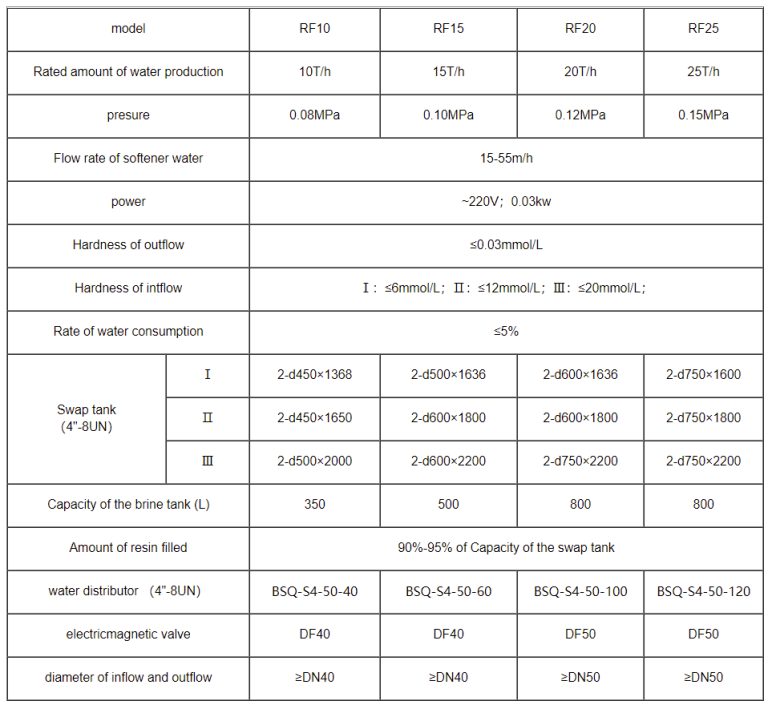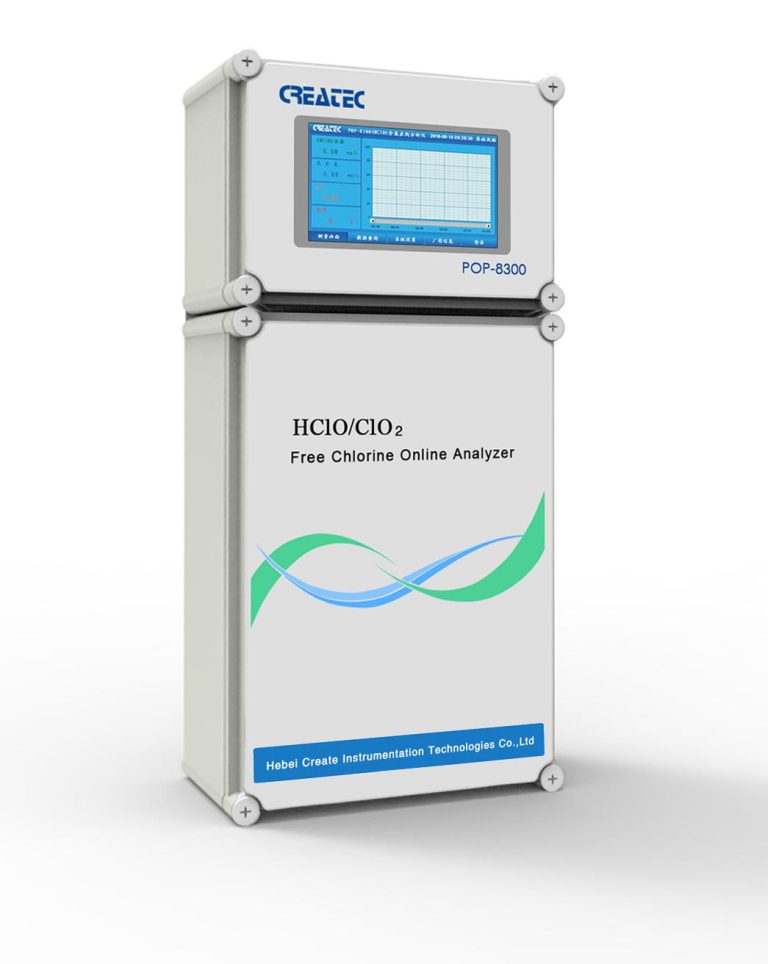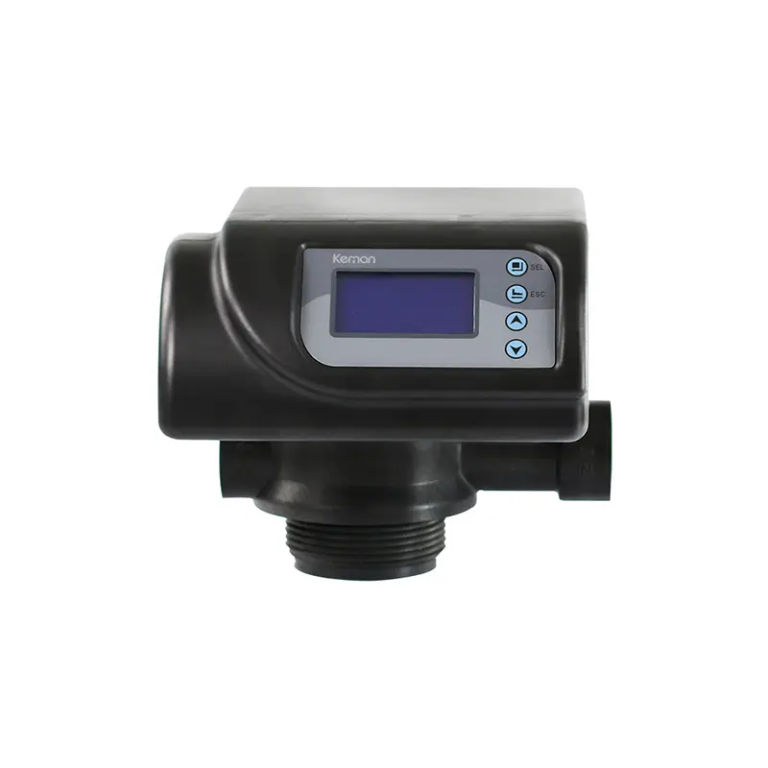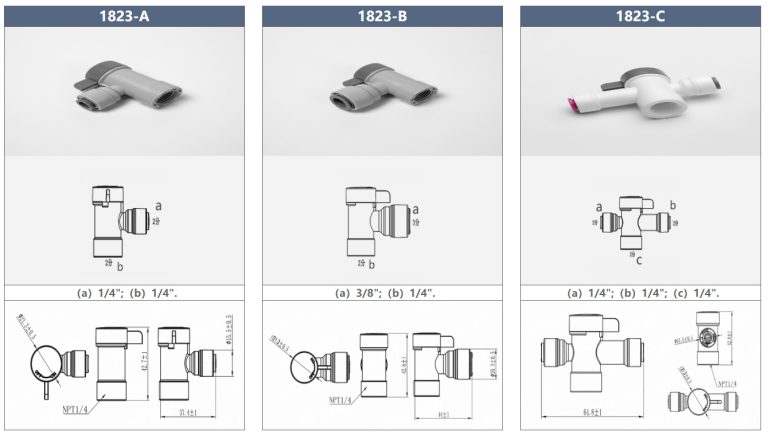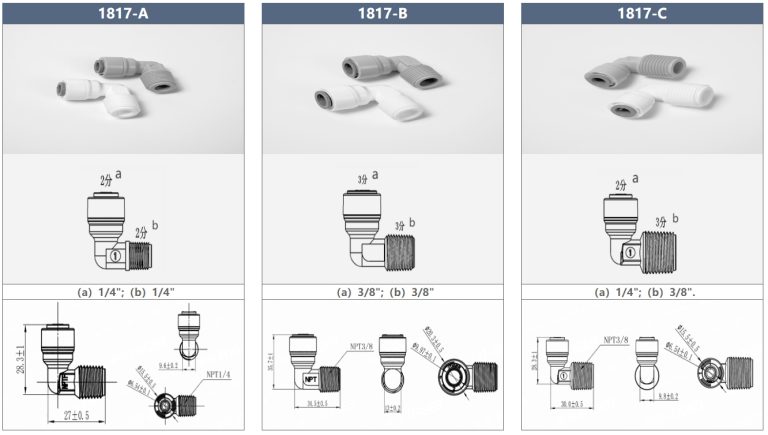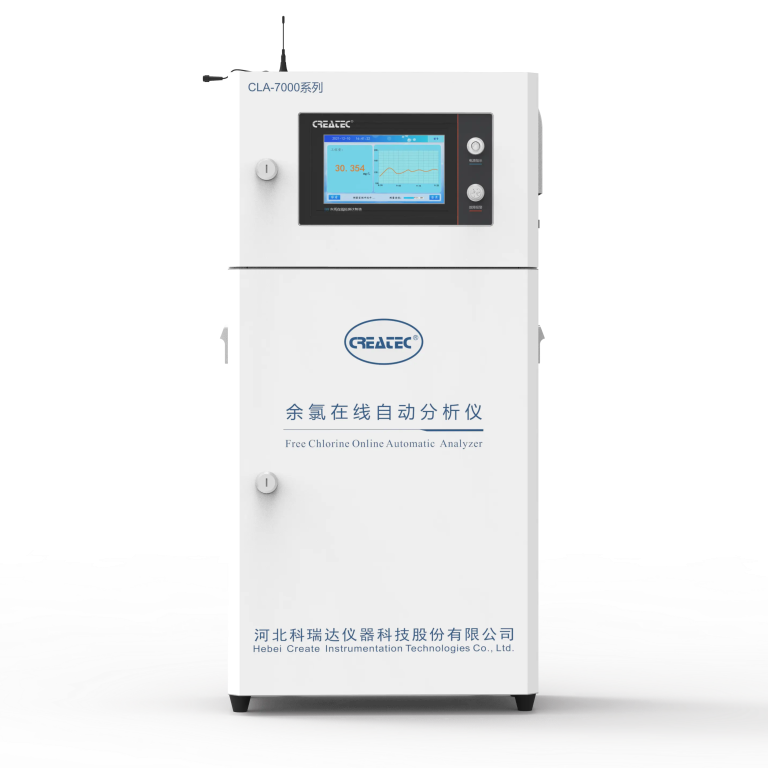水中の濁度の測定方法
濁度は、水の透明度を測定するために使用される重要なパラメータです。高レベルの濁度は、沈殿物、藻類、その他の汚染物質などの浮遊粒子の存在を示す可能性があるため、これは水質の重要な指標です。濁度の測定は、水生生態系や人間の健康に影響を与える可能性があるため、水資源の監視と管理にとって非常に重要です。
水の濁度を測定する方法はいくつかありますが、それぞれに独自の利点と制限があります。一般的な方法の 1 つは、水中の粒子によって散乱される光の量を測定する濁度計の使用です。濁度計は、水処理施設、研究所、環境モニタリング プログラムで広く使用されています。
濁度を測定するもう 1 つの方法は、セッキ ディスクの使用です。セッキ ディスクはシンプルな円形のディスクで、見えなくなるまで水中に下げられます。円盤が消える深さが水の濁度の尺度になります。 Secchi ディスクは、湖、川、海洋の濁度を監視するために市民の科学者や研究者によって一般的に使用されています。
濁度計と Secchi ディスクに加えて、比濁計を使用して濁度を測定することもできます。比濁計は、水中の粒子によって 90 度の角度で散乱される光の量を測定します。この方法は、水の光学特性を研究したり、時間の経過に伴う濁度の変化を監視するために研究現場でよく使用されます。
濁度測定の課題の 1 つは、測定が正確かつ一貫していることを保証することです。粒子のサイズや形状、水の色、溶解物質の存在などの要因はすべて、濁度の測定に影響を与える可能性があります。これらの課題に対処するには、濁度計を定期的に校正し、水サンプルの収集と分析の標準化されたプロトコルに従うことが重要です。
濁度の測定に計器を使用することに加えて、目視観察を使用して水の濁度レベルを推定することもできます。たとえば、水の透明度は、水の色と透明度、浮遊粒子や破片の存在を観察することで評価できます。目視観察は主観的であり、機器による測定ほど正確ではありませんが、それでも水質に関する貴重な情報を提供できます。
全体として、濁度の測定は水資源の監視と管理にとって重要なツールです。濁度レベルを正確に測定することで、研究者や水管理者は人間の活動が水質に及ぼす影響を評価し、時間の経過に伴う水の透明度の変化を追跡し、水処理と保全の取り組みについて情報に基づいた意思決定を行うことができます。濁度計、セッキディスク、比濁計、または目視観察のいずれを使用する場合でも、水の濁度を測定するために利用できるさまざまな方法があり、それぞれに独自の長所と限界があります。これらの方法を組み合わせて使用することで、研究者は水質を包括的に理解し、貴重な水資源の保護と保全に取り組むことができます。
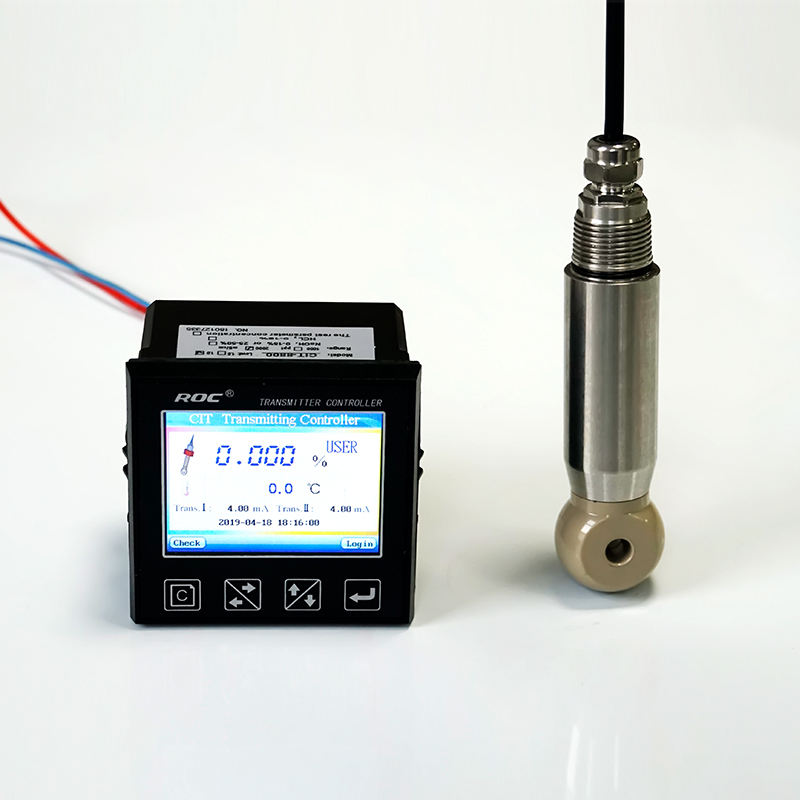
One of the challenges of measuring turbidity is ensuring that the measurements are accurate and consistent. Factors such as the size and shape of particles, the color of the water, and the presence of dissolved substances can all affect turbidity measurements. To address these challenges, it is important to calibrate turbidity instruments regularly and to follow standardized protocols for collecting and analyzing water samples.
In addition to using instruments to measure turbidity, visual observations can also be used to estimate turbidity levels in water. For example, the clarity of water can be assessed by looking at the color and transparency of the water, as well as the presence of suspended particles or debris. While visual observations are subjective and less precise than instrumental measurements, they can still provide valuable information about water quality.
Overall, measuring turbidity is an important tool for monitoring and managing water resources. By accurately measuring turbidity levels, researchers and water managers can assess the impact of human activities on water quality, track changes in water clarity over time, and make informed decisions about water treatment and conservation efforts. Whether using turbidimeters, secchi disks, nephelometers, or visual observations, there are a variety of methods available for measuring turbidity in water, each with its own strengths and limitations. By using a combination of these methods, researchers can gain a comprehensive understanding of water quality and work towards protecting and preserving our valuable water resources.

